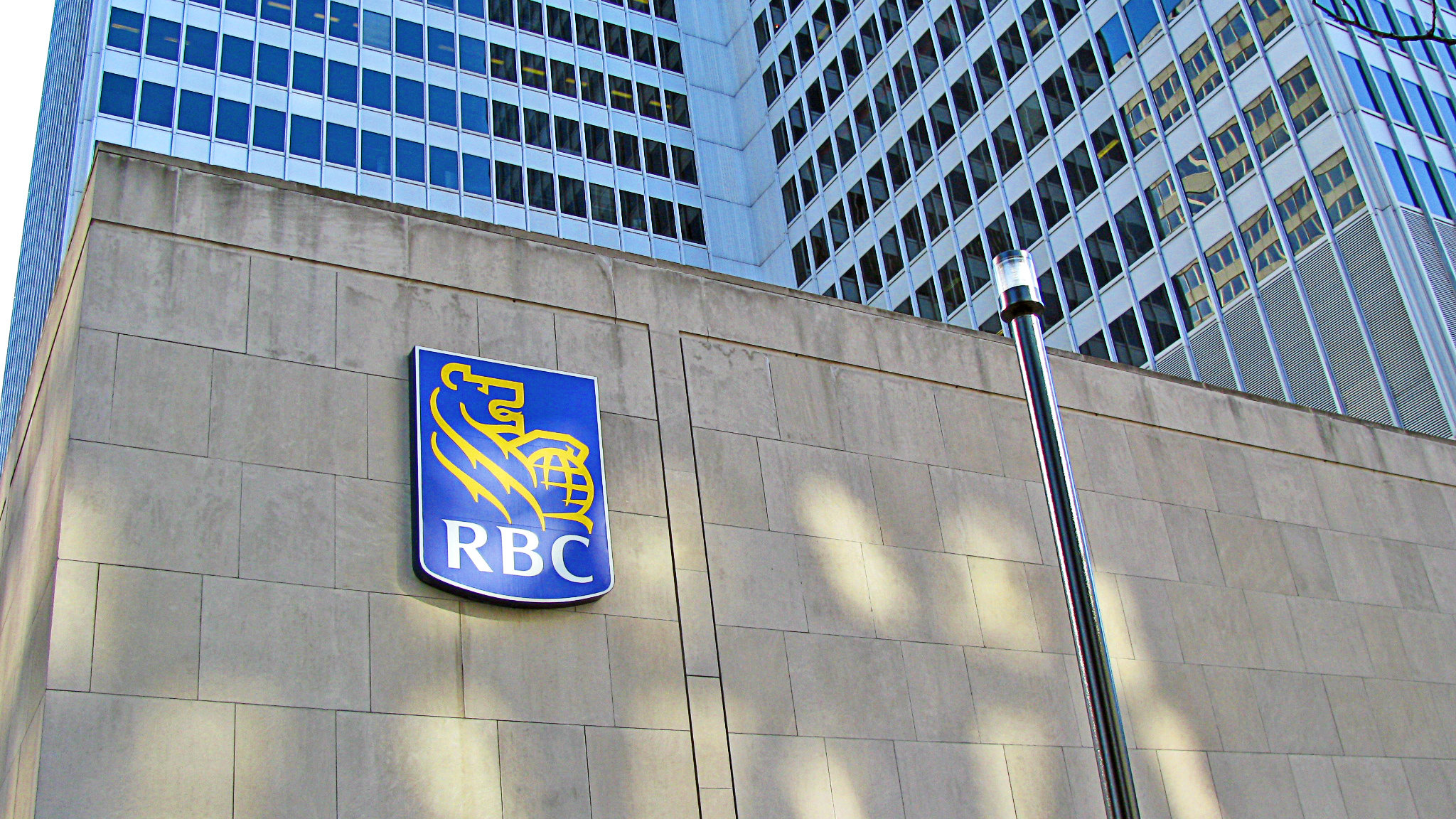Royal Bank of Canada (TSX:RY)(NYSE:RY) released its first-quarter results on Friday, as the company beat expectations, despite not showing much growth in its bottom line from last year. Sales for the quarter totaled $10.8 billion and were up 12% from the prior year, while profits finished at just over $3 billion and were slightly down year over year.
Let’s take a more detailed look at how the company did this past quarter to see why despite its strong top-line growth, the company wasn’t able to bank that extra revenue through to the bottom line.
Performance across most segments was strong
In RBC’s personal and commercial banking segment, sales totaled $4.2 billion and were up a little over 2% from the prior year’s results. However, profitability for the segment was down 4% from last year due to provisions for credit losses rising more than 27% and the prior year results, including the sale of Moneris’ U.S. operations. Without the gain, the segment would have seen its profits rise by 10% this quarter.
The wealth management segment saw sales increase by 12% from a year ago, and although non-interest expenses rose over 5%, the segment was still able to bank a lot of the extra sales through to income, as profits were just under $600 million and were up nearly 40%.
Insurance sales continue to provide a lot of volatility for RBC, as this quarter’s revenue of $1.1 billion for the segment was more than double the $497 million that the bank reported a year ago. A big driver for that was the company’s investment income, which this quarter saw a positive $166 million booked to the top line, while a year ago, it had the reverse effect with a $353 million loss.
Despite the strong growth in revenue, income for the segment was down 5%, as insurance benefits and claims were up more than $630 million and eroded nearly all of that extra revenue.
Investor and treasury services rose 7% in Q1 and resulted in income increasing a little more than 2%. The capital markets segment saw good growth as well with its top line rising 5% and profits up 13%.
U.S. tax reform leads to write-down
RBC had to write down its deferred-tax assets by $178 million as a result of tax reforms in the U.S. that were passed late last year. This resulted in the company’s corporate segment incurring a total loss of $200 million for the quarter, which was significantly more than the $63 million loss that the segment recorded last year.
Dividend hiked
The company also announced in its earnings report that it would be raising its quarterly dividend from $0.91 to $0.94 for an increase of over 3%. Like Canadian Imperial Bank of Commerce (TSX:CM)(NYSE:CM), which recently hiked its rate as well, RBC has a strong track record for growing its payouts and often does so multiple times a year. Since 2013, dividends have grown by 49% for a compounded annual growth rate of over 8%.
Bottom line
RBC had another good quarter, but it was weighed down by one-time gains and write-downs, and perhaps it was not as strong as its Q4 results last year. Although the results weren’t exceptional, it’s also not what you’d expect from one of the Big Five banks either. In five years, RBC has provided investors with steady returns of nearly 60%, and it remains a good long-term buy.








